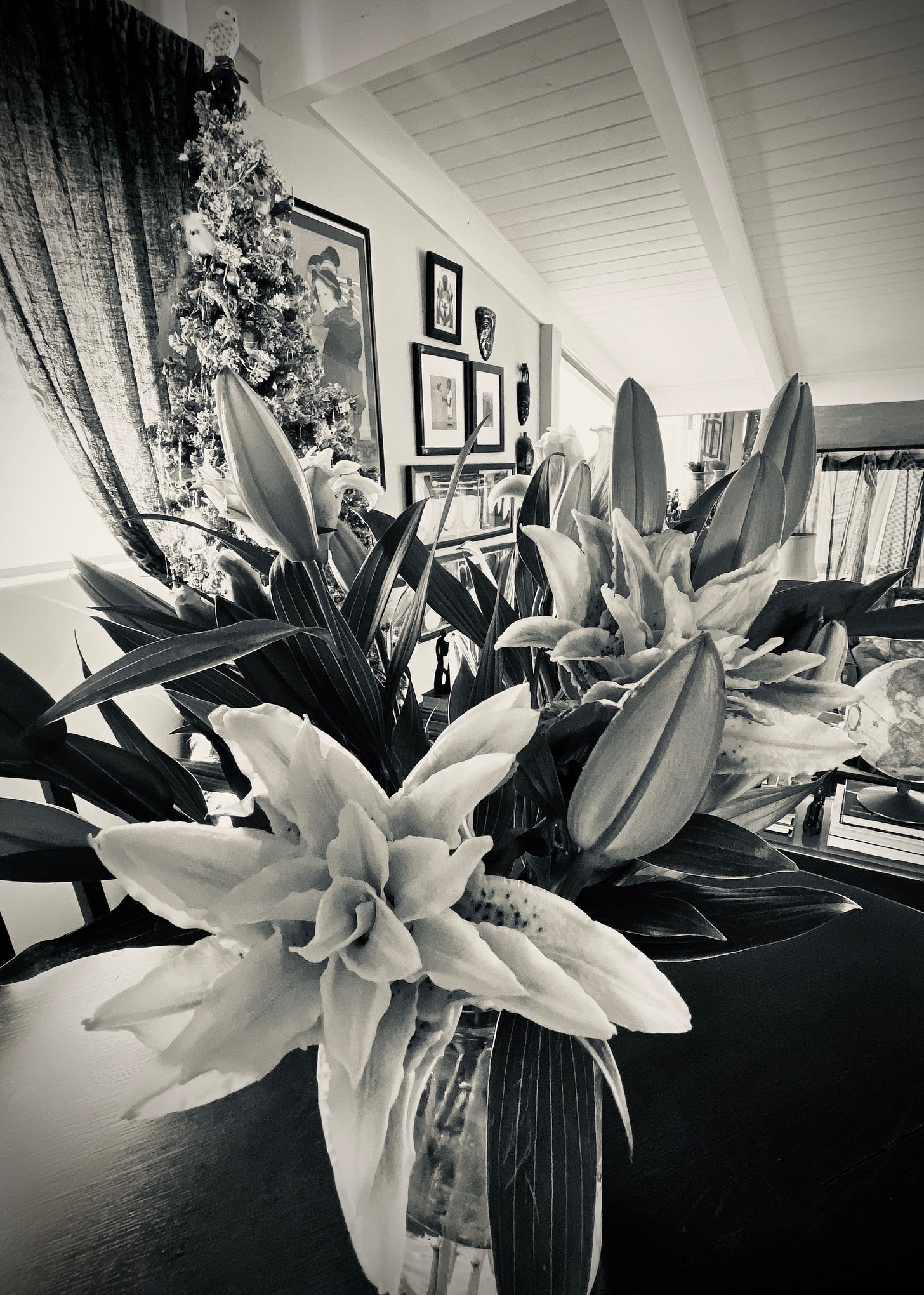Lambent: Emerging from Darkness
Easter morning, we took the Christmas tree down...The light we'd yearned for, mustered and conjured during a seemingly endless, global tenebrae had arrived.

Easter morning, we took the Christmas tree down.
It had been up since the day after Thanksgiving—four months and change. For our first (and please God, last) COVID Christmas, we put the tree up weeks earlier than usual, saying…



